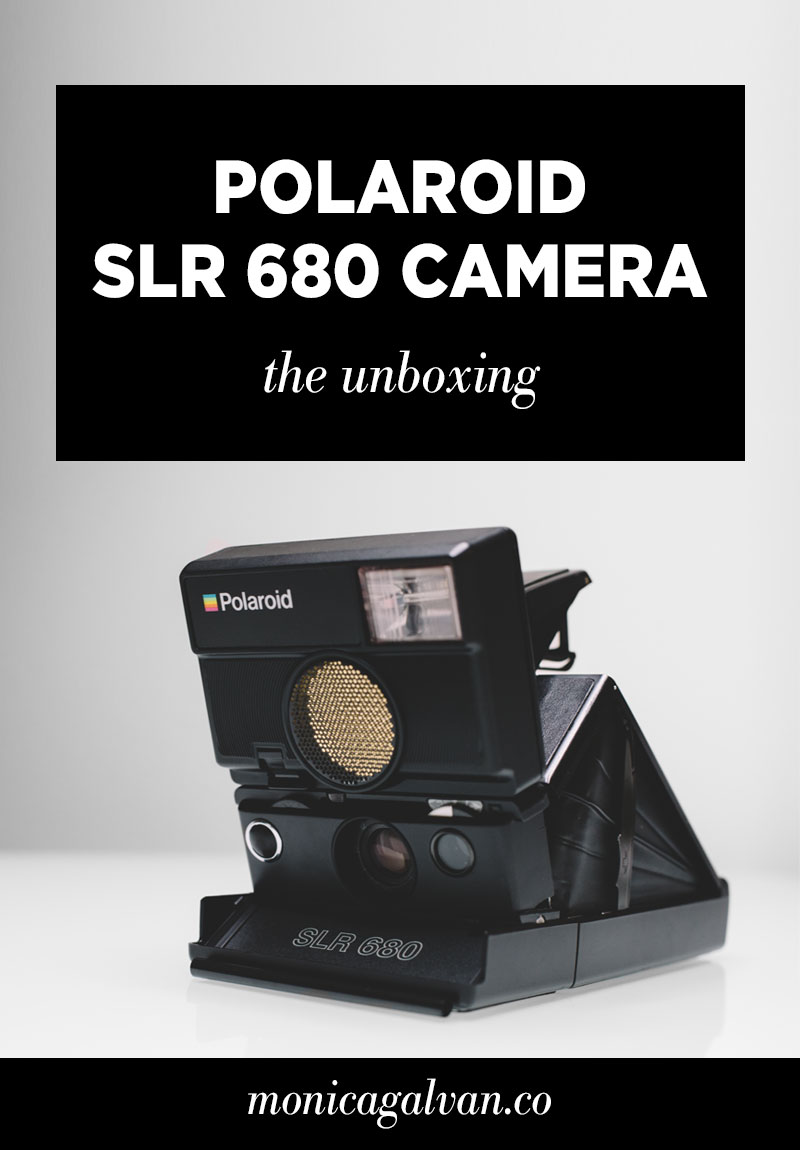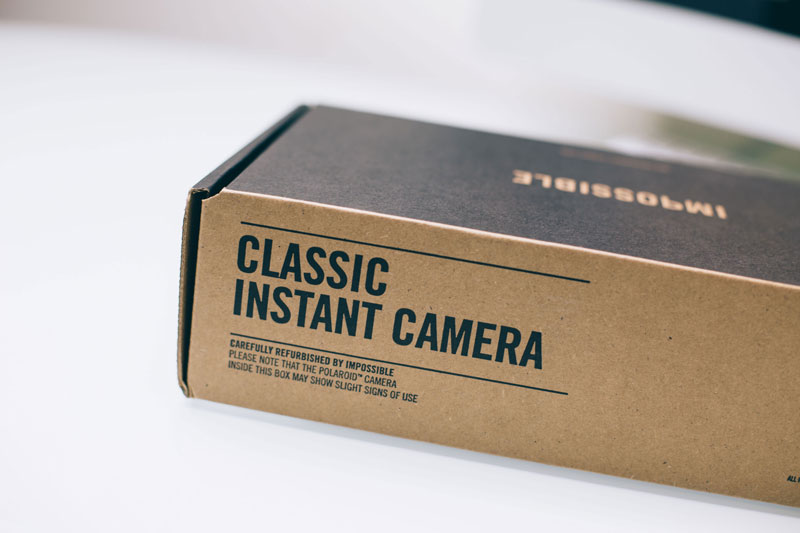Polaroid SLR 680 Instant Film Camera Unboxing
Film is making a comeback
In a world of never-ending "selfies", cat gifs, and the constant scrolling and swiping in social media, we're overwhelmed with visuals daily. It's never been easier to photograph the moments of our lives. But there's something special about holding one of these "moments" in your hands. I've shared some of these physical memories with the Fujifilm Instax Mini but recently I added this little gem to my camera collection, the Polaroid SLR 680 instant film camera.
There's three main types of cameras and each has their own creative constraints. The most recent in the evolution of photography is the digital camera. Most of us own some sort of digital camera whether it's a DSLR (digital single-lens reflex), mirrorless, or an iPhone. With digital we take a photo and immediately afterward we see the result.
Long before digital lived the traditional film camera. Film cameras ranged from large format, medium format, to the more common 35mm. Depending on the lighting situation you wanted to take photos in you'd have to get film with a certain ISO or film speed. Want to use your camera to capture photos on a bright and sunny day around the city? You'll need a roll of film with ISO 100 or 200. But as the sun fades into the evening you need to change to a roll of film with a higher ISO.
Want to learn more about ISO and how it affects your photography? Read about it here in this post on Understanding the Exposure Triangle.
Introducing the Polaroid instant film camera
In between traditional film and digital is the beloved instant film camera. These types of cameras use self-developing film to create a print soon after taking the photo. Polaroid was the first company to pioneer and patent consumer-friendly instant cameras and film. Edwin Land, founder of Polaroid, unveiled the first commercial instant camera in 1948. The model 95 Land Camera sold at the Jordan Marsh department store in Boston for $89.95. It became the prototype for all Polaroid Land cameras for the next 15 years.
1948 advertisement for Polaroid
Source: Polaroid Land Camera Model 95a
Unboxing the Polaroid SLR 680 instant film camera
Now for the unveiling. See everything included when unboxing the Polaroid SLR 680 instant film camera, what's included, and how to insert the first pack of film. You'll also see how to install the frog tongue (a little tricky, it may take a few tries!) which helps protect your film from light as the photo ejects from your camera.
Why I chose this Polaroid camera model
So why the Polaroid SLR 680 instant film camera vs. any of the other 600-series or SX-70 cameras? For the longest time I couldn't decide between the Polaroid SX-70 and 600 series. What I love most about the SX-70 series are the design elements including how it folds down and is fully collapsible. I'm not a big fan of most of the 600 series designs, they're much larger and boxier which makes it difficult to carry around the city. So when I found a 600 series with a foldable/collapsible feature and a design I loved, I knew the SLR 680 model was for me.
The other reason I lean toward the 600 series cameras is they have more options when it comes to film. Impossible Project offers original color film with white or black frames, black and white film with white or black frames. For a dramatic effect you can try out the duochrome film packs in red, orange, yellow. And they also offer color film for color frames, round frames, and even gold and silver frames! Here are the first two shots I've taken with the Polaroid SLR 680 camera. These were shot in San Francisco using the Impossible Project black and white film with black frames. More to come soon!
How to use 600 type film with SX-70 cameras
There's simply so much more opportunity to be creative with 600 type film rather than the SX-70 series which only offers color and black and white film with white frames. But I've done some research and there is a hack. If you did nothing and just inserted the 600-series film into your SX-70 film your photos would be overexposed (too bright). This is because the SX-70 is four times more sensitive to light. The best way to correct this is to use a neutral density film pack filter. This allows you to use any Impossible 600 type film in your SX-70 camera.
How to use 600 type film with SX-70 Cameras
Source: Filmpack filter twinpack by Impossible Project
Camera specs and features
Here are the camera specs and features for the Polaroid SLR 680 instant film camera:
Folding SLR instant camera
4-element 116mm f/8 glass lens
Minimum focus is 10.4 inches
Aperture range of f/8 – f/22
Electronic variable speed/aperture shutter
Polaroid Sonar autofocus
Switch from auto to full manual focus
Built in automatic flash (with override)
Lighten/darken wheel
Works with Impossible 600 type film
No batteries required







